Coffee painting When coffee is spilled and left to dry, the coffee-ring effect is a phenomenon in which the edges of the coffee stains appear slightly darker. The coffee ringing effect can be seen not only in coffee, but also in drops of wine that have landed on a napkin. The reason for the currying effect is that coffee is not just a liquid. Coffee is a liquid mixture of ground coffee beans and water. When the coffee stain dries, the coffee powder particles are driven to the edge, so only the edge turns black. So, why do coffee grounds particles converge at the edges? It has to do with the nature of water. Water has the property of clinging to something. So the coffee drops that fall on the table have more force to stick to the table than to cohere inward. So, the coffee droplet maintains its size and evaporates. However, the middle of a coffee droplet with a lot of particles has a small contact surface with the gas, so the evaporation rate is slower than the edge. As a result, the water at the edge of the coffee pot evaporates faster than the water in the middle. As such, the difference in evaporation rate between the middle and the edge of a coffee drop causes a difference in surface tension on both sides. At this time, a flow is formed that moves the water from the middle to the edge, and the coffee grounds also move along this flow. Eventually, when all the water evaporates, the edges become darker than the middle because there are many coffee particles that are concentrated to the edges. Source: The Scientist Next Door (http://www.astronomer.rocks) You need to understand the effect of these coffee rings so that you can express them more naturally when drawing with coffee. And occasionally, there are good parts if you maximize and express these coffee ringing effects. The coffee used when drawing with coffee is good if it is in concentrated form. Because the coffee we drink is generally diluted with water, it is difficult to express the concentration of the dark part. In this case, if it is mostly coffee beans, it is recommended to drain the coffee, collect the remaining powder, and squeeze it with a net to use the extract. If this time is not enough, I made a concentrate by collecting several coffees in the form of tea bags. Coffee has a sticky effect and the edges come together well, so the effect is maximized if you draw in layers after the painting dries. The more layers you draw, the darker the picture and the easier it is to leave the texture of the paint. Because the natural color of coffee is brown, it is good for expressing brown puppies or trees. Italian designer Giulia Bernardelli, under the pseudonym Bernulia, is an artist who paints using the traces of spilled coffee.
0 Comments
Leave a Reply. |
Myungja Anna KohArtist Categories
All
Archives
July 2024
|
Proudly powered by Weebly

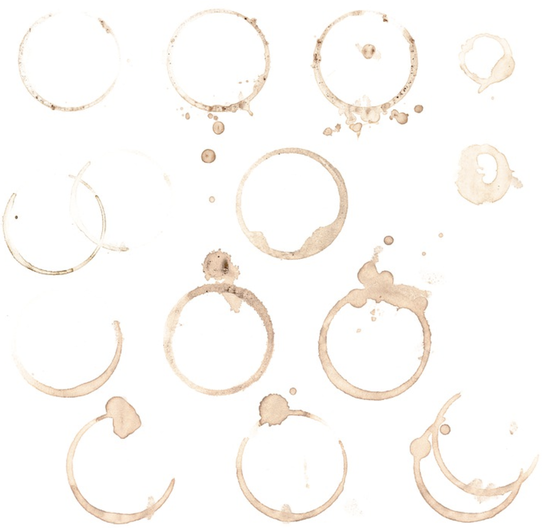
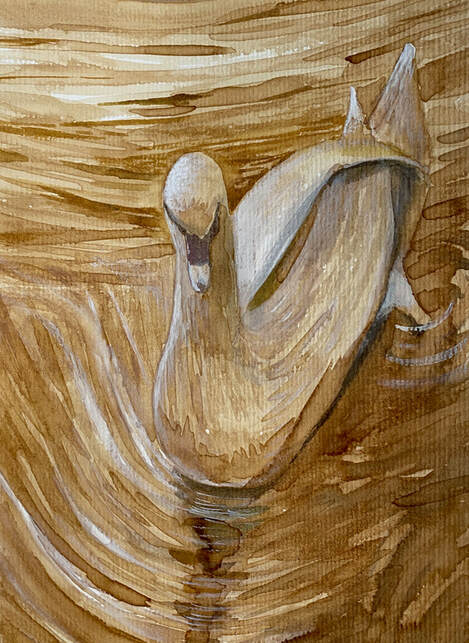
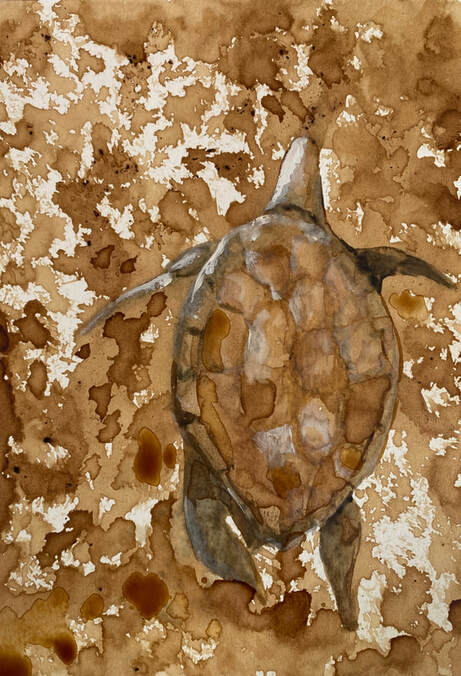
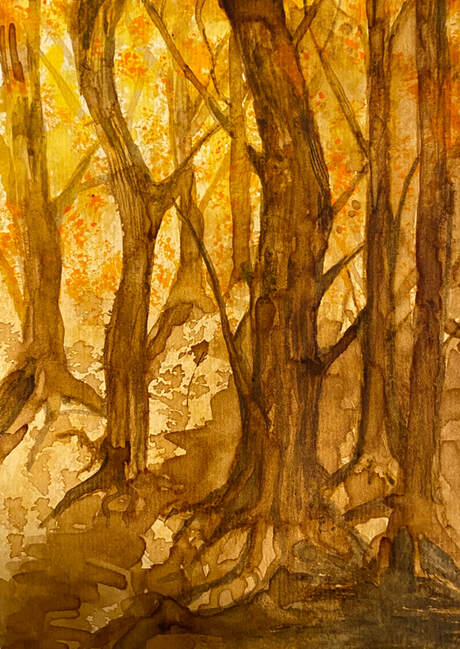
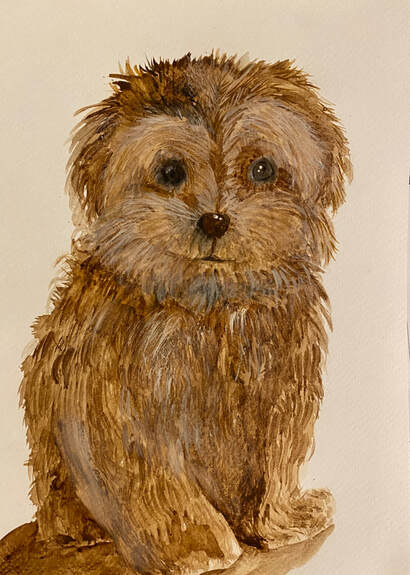
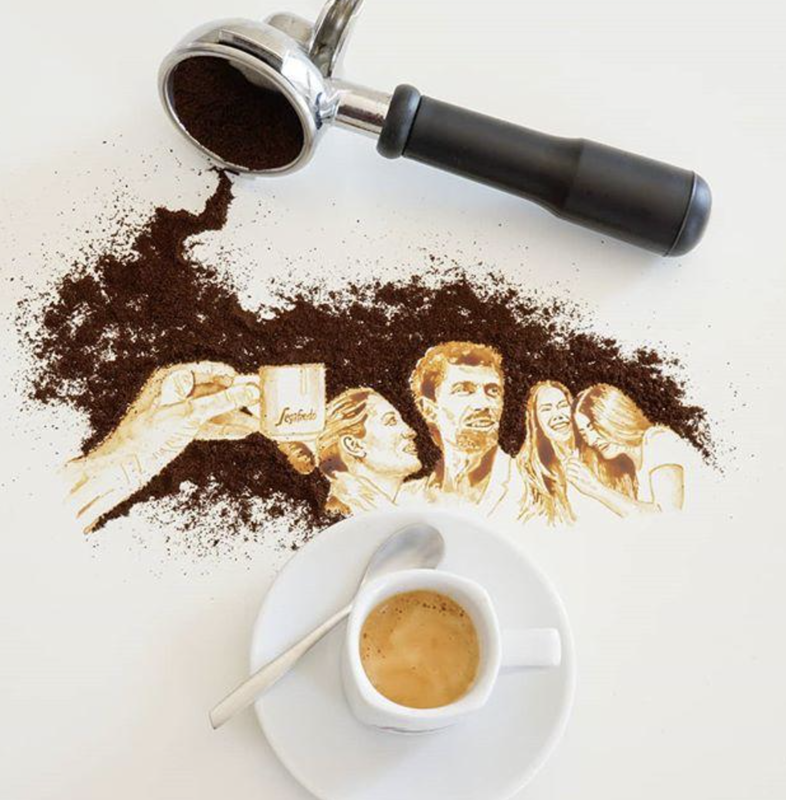
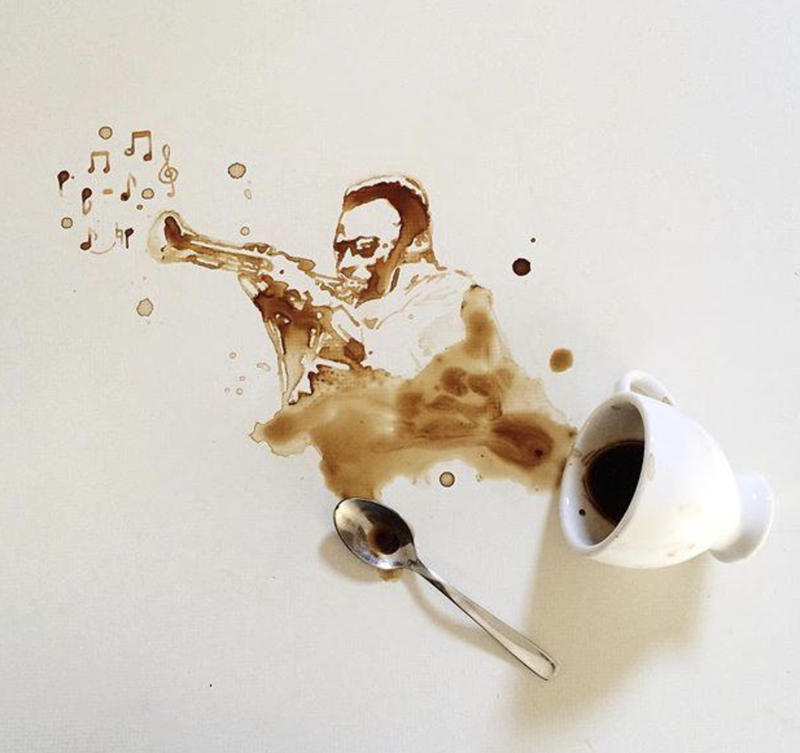
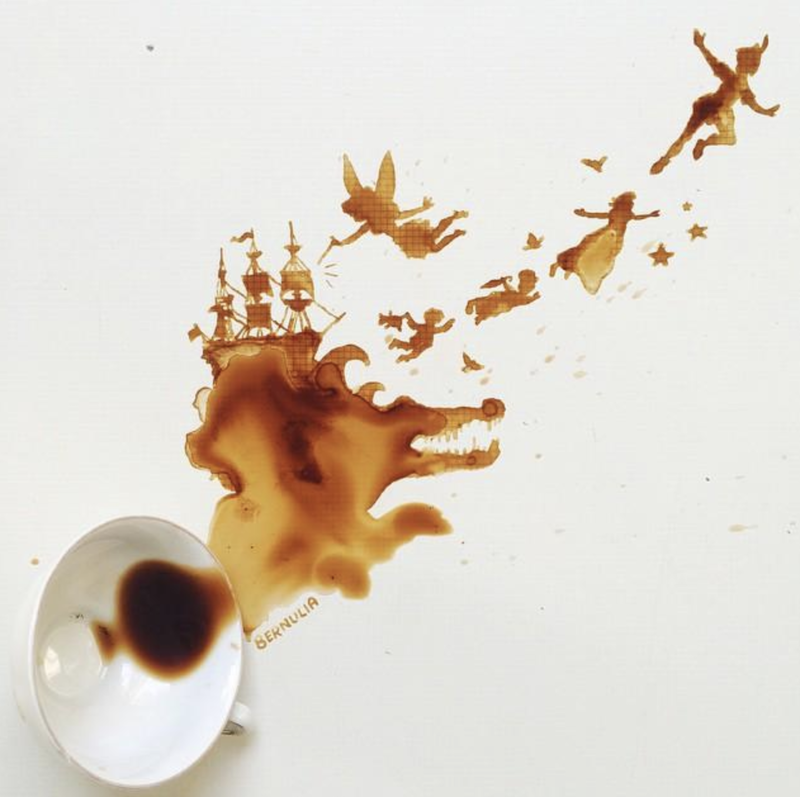
 RSS Feed
RSS Feed